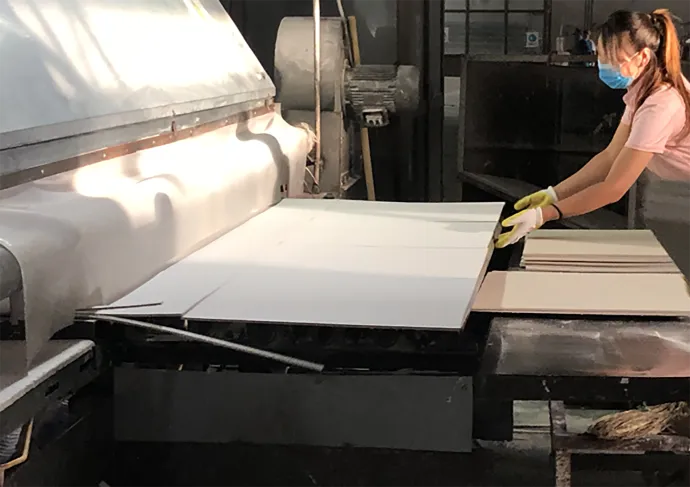- Afrikaans
- Albanian
- Amharic
- Arabic
- Armenian
- Azerbaijani
- Basque
- Belarusian
- Bengali
- Bosnian
- Bulgarian
- Catalan
- Cebuano
- Corsican
- Croatian
- Czech
- Danish
- Dutch
- English
- Esperanto
- Estonian
- French
- German
- Greek
- Hindi
- Indonesian
- irish
- Italian
- Japanese
- Korean
- Lao
- Malay
- Myanmar
- Norwegian
- Norwegian
- Polish
- Portuguese
- Romanian
- Russian
- Serbian
- Spanish
- Swedish
- Thai
- Turkish
- Ukrainian
- Uzbek
- Vietnamese
Aug . 10, 2024 15:15 Back to list
Suppliers of Trap Doors for Ceilings and Innovative Solutions for Space Management
The Importance of Ceiling Trap Doors and Choosing the Right Suppliers
In modern architecture and construction, ceiling trap doors play a crucial role in both functionality and aesthetics. These specialized openings provide access to spaces above ceilings, which can be critical for maintenance, installation of utilities, and enhancing overall building performance. As with any architectural element, the quality and reliability of trap doors depend significantly on the suppliers from whom they are procured. In this article, we explore the importance of ceiling trap doors and offer insights into selecting the right suppliers.
What are Ceiling Trap Doors?
Ceiling trap doors are panels installed in a ceiling that allow access to the space above, which can include attics, HVAC systems, plumbing, and electrical wiring. These doors are designed to be integrated seamlessly into ceilings, maintaining the design aesthetics of the space while providing necessary access. They can come in various sizes, materials, and finishes, catering to different requirements depending on the building's design and function.
Benefits of Ceiling Trap Doors
1. Easy Access One of the primary advantages of ceiling trap doors is the ease of access they provide. They make it convenient for maintenance personnel to reach vital utilities without needing to dismantle other structural components.
2. Space Efficiency Instead of compromising valuable floor space with permanent access points, trap doors offer a discreet solution. They can be strategically placed to maintain the functionality and aesthetics of spaces, particularly in residential and commercial settings.
3. Safety and Compliance Many building codes require access points for emergency services. By installing well-designed trap doors, property owners can ensure compliance with safety regulations while enhancing the building’s safety.
4. Versatility Ceiling trap doors can be tailored to specific needs. Whether for residential homes, commercial buildings, or industrial setups, these doors can be designed to meet various load requirements, insulation standards, and aesthetic values.
Choosing the Right Suppliers
ceiling trap door suppliers

Selecting the appropriate supplier for ceiling trap doors is crucial for ensuring the durability and safety of the installations. Here are some tips to consider
1. Experience and Reputation It’s essential to research potential suppliers to understand their experience in the industry. Established suppliers with a good reputation are more likely to provide high-quality products and excellent customer service.
2. Product Range Look for suppliers that offer a diverse selection of ceiling trap doors. This ensures that you can find a product that matches your specific requirements related to size, material, and insulation.
3. Customization Options Not all buildings are the same. A good supplier should offer customization options to tailor the trap doors to your design and functional needs.
4. Certifications and Compliance Ensure that the suppliers adhere to industry standards and building regulations. This demonstrates their commitment to quality and safety.
5. Customer Support and Warranty Reliable customer support can make a significant difference in case of issues with the product. Suppliers that offer warranties on their products provide an extra layer of assurance.
6. Reviews and Feedback Check reviews and feedback from previous customers. This can provide insights into the quality of the products and the level of service you can expect.
Conclusion
Ceiling trap doors are essential components in modern buildings, providing convenient access to critical systems while maintaining the aesthetic appeal of ceilings. Choosing the right suppliers for these products can significantly impact the overall success of construction and renovation projects. By considering factors such as experience, product range, customization options, compliance, customer support, and reviews, property owners and builders can ensure they select the best suppliers for their ceiling trap door needs. This, in turn, will lead to functional, safe, and effective building designs that meet the demands of modern living.
-
Transform Interiors with PVC Gypsum Ceiling: A Stylish, Durable, and Moisture-Resistant SolutionNewsMay.19,2025
-
The Smart Interior Upgrade: Discover the Durability and Versatility of Gypsum Ceiling Access Panel SolutionsNewsMay.19,2025
-
The Smart Choice for Interior Design: Discover the Value of PVC Gypsum Ceiling SolutionsNewsMay.19,2025
-
Mineral Fiber Ceiling Tiles: The Smart Blend of Performance and AestheticsNewsMay.19,2025
-
Mineral Fiber Ceiling Tiles: The Superior Choice Over Gypsum for Sound and Fire SafetyNewsMay.19,2025
-
Mineral Fiber Ceiling Tiles: Eco-Friendly Strength and Style for Every CeilingNewsMay.19,2025







